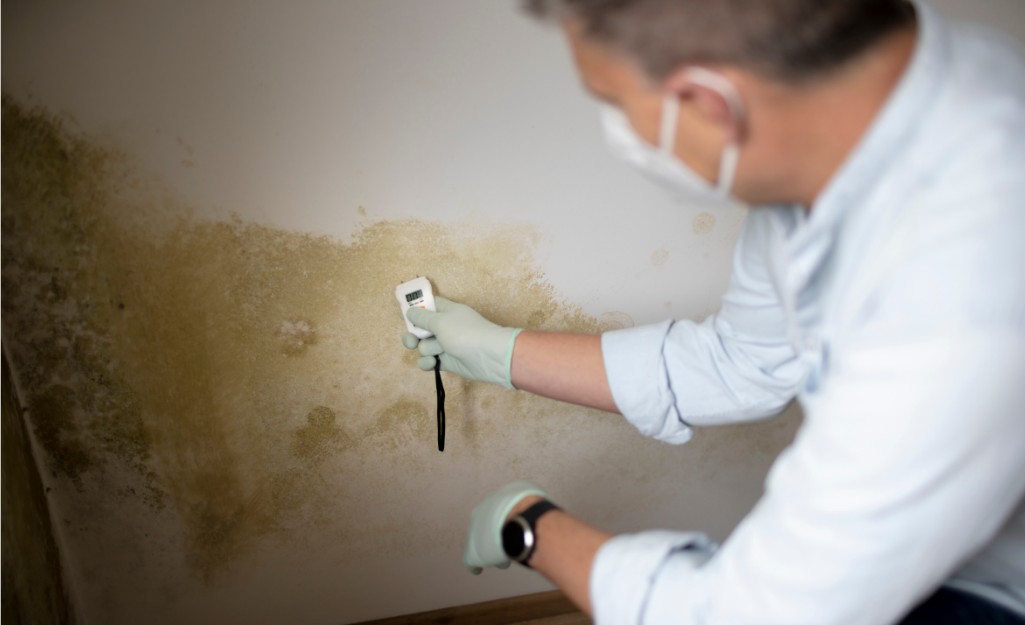Right here in the next paragraph yow will discover a good deal of brilliant ideas related to Preventing Water Damage in the Bathroom.

The shower room is incredibly prone for wet buildup and also possible water damages as a result of the frequent use of water in it. This article offers easy evaluation methods to assist discovering water damages dangers.
The regular use water in the shower room makes it very prone for damp build-up and potential water damage. By inspecting it routinely, you can decrease water related damages.
The following collection of examinations is very easy to execute and also must be done when in every three months in order to keep your bathroom healthy and also to avoid possible water damages triggered by the bath tub, the shower, pipeline joints and also plumbing, sinks, cupboards, and the toilet
Do not neglect executing these assessments and also be complete while doing them. Bear in mind that these easy inspections can conserve you a great deal of money by providing very early indicators for water damage
Sinks and also Cabinets
Sinks and also cupboards are exposed to dampness as well as humidity day-to-day and also are typically neglected. Examine regularly under the sink and also on the counter top over it. Repair any drip in the trap as it might suggest drainpipe issues. Look around the sink, sluggish draining pipes might indicate a blocked drainpipe. Replace sink seals if they are split or loose.
Bathtub and also Shower
The shower and bath tub require unique attention and also maintenance. Examine the tiles as well as change if broken. See to it that there is no missing cement between the ceramic tiles. Inspect as well as change broken caulking at joints where the wall surfaces meet the floor or the bath tub. Clogged drains pipes and pipes troubles will stop the bath tub from drying as well as might indicate severe troubles below the tub. Seek advice from a professional promptly to stop architectural damage. Focus on stainings or soft areas around the tub wall surfaces as they might indicate an interior leakage.
Plumbing
Signs for water damages are tough to spot considering that most pipes are mounted inside the walls.
Pay special focus to flooring as well as walls dampness and spots as they might indicate an undetectable plumbing trouble. Check moisture degrees in adjacent rooms also.
The Commode
The commode is a susceptible water joint. Examine the water lines and also search for leaks around the bathroom seat, in the tube, and under the water storage tank. If you find any signs of dampness on the floor around the bathroom, look for leakages in the toilet rim and storage tank seals.
Know that hanging commode dish deodorants boosts the opportunities for obstructions.
Water Damage Signs In The Bathroom To Avoid Cleanup
Musty smell
This is one of the easiest signs to catch because musty smells are so odorous. The damp, earthy, moldy smell should be a big red flag. The smell will develop when moisture gets trapped in surfaces, and begins to facilitate mold growth. Leaking pipes under cabinets, inside walls, and behind shower fixtures will cause moisture to stay trapped and not dry, which will lead to mold growth and spread. As soon as you notice any musty smells in your bathroom, have it checked for hidden water damage and cleanup signs.
Visible mold
If the smell isn’t there to give it away, sometimes you will actually see mold growth. Finding mold in your bathroom is a serious problem, because mold is very harmful to your health. By the time mold growth is visible, it also means that water damage has already occurred and been present for some time. The only way the mold problem can be resolved is to find the source of the moisture and get it stopped. To safely and adequately remove mold, you need to have professionals handle the remediation. Do not waste any time in getting mold problems addressed, fixed, and sanitized so that you can protect you and your family from the many respiratory symptoms caused by mold exposure.
Damaged floors
Bathroom floors should be able to withstand some exposure to water while still remaining in good condition. However, when excess exposure or water leaks occur, they will begin to damage even the most water-resistant flooring. If you notice any cracking, bubbling, staining, or warping on your bathroom floors, there is probably a water leak somewhere causing the distortion. If you notice areas of the floor have become softer, or even have a spongy feeling, there is probably damage to the subfloor. Subflooring is typically made up of plywood. When plywood is exposed to water or moisture, it will absorb it. Once it has become saturated, the weight of the excess water will cause the wood to swell and soften. Check the floors in your bathroom frequently to catch any of these sings before they lead to damaged subflooring.
Changes on walls
When water leaks behind walls, it will cause changes in the drywall. Peeling plaster, blistering paint, and soggy wallpaper are all good indicators that excess water is building up behind the wall. Water leaking behind drywall will cause it to swell and be soft to the tough. If you start to notice gaps along the trim of your walls, or where tile meets the wall, it could also be a strong indicator that there is a leak behind the wall. Any changes, distortion, or damage on the walls should be evaluated as soon as you notice it to prevent further water damage and cleanup.

Do you appreciate reading up on Common Causes of Water Damage in a Bathroom? Make a comment down below. We will be pleased to know your opinions about this page. Hoping that you visit us again later on. Sharing is good. You never know, you will be doing someone a favor. Many thanks for taking the time to read it.
Check It Out